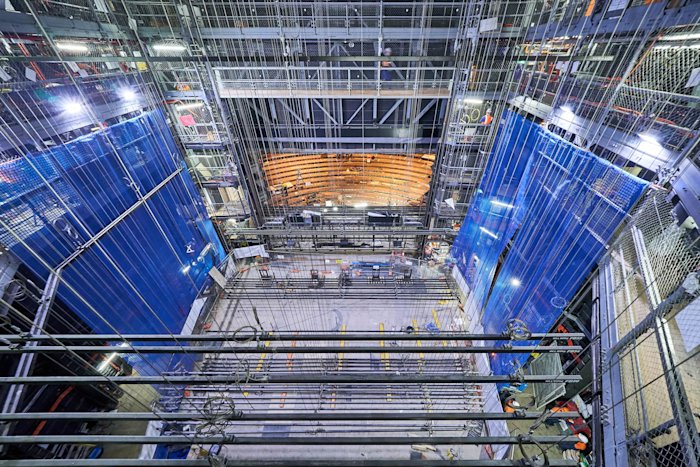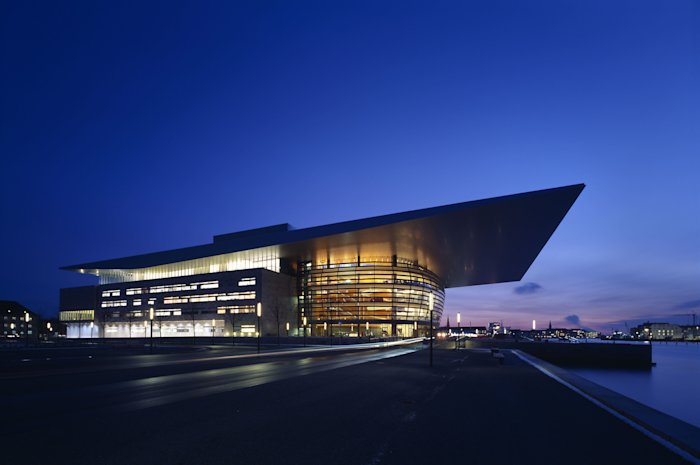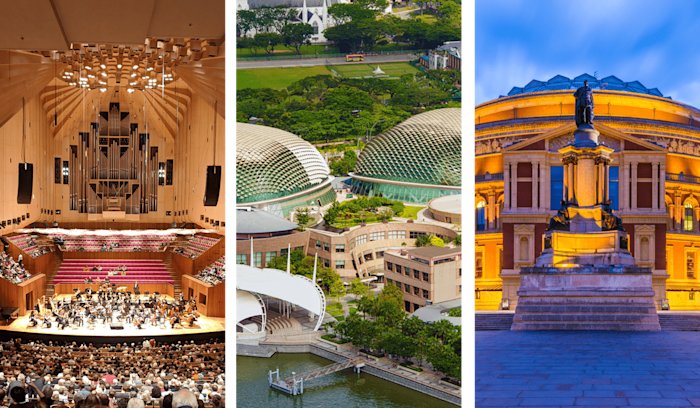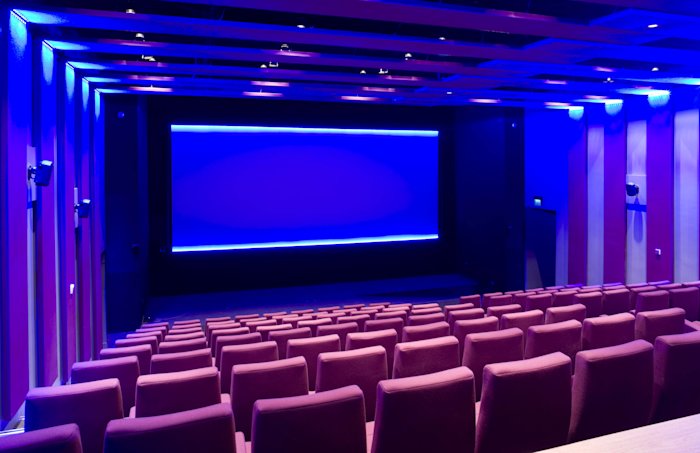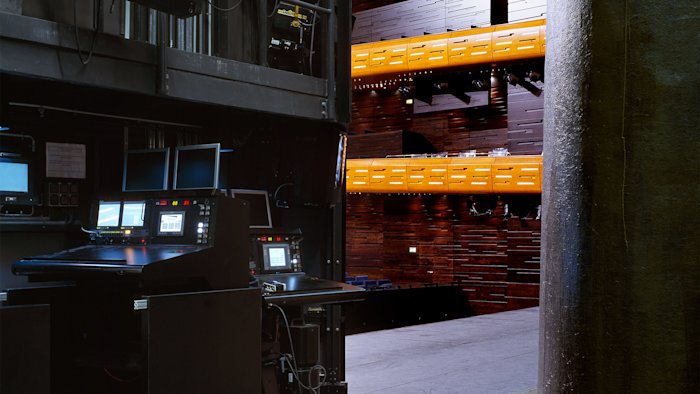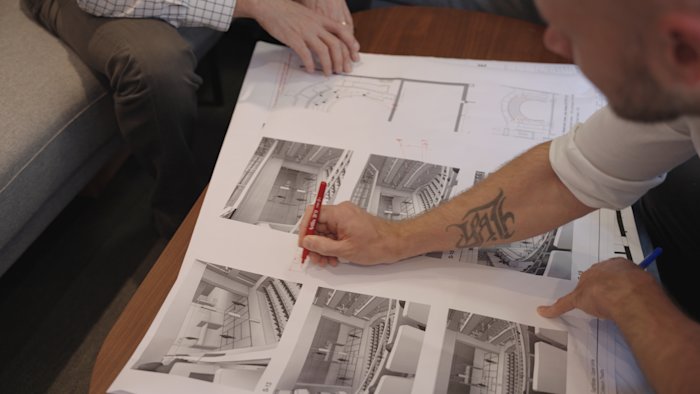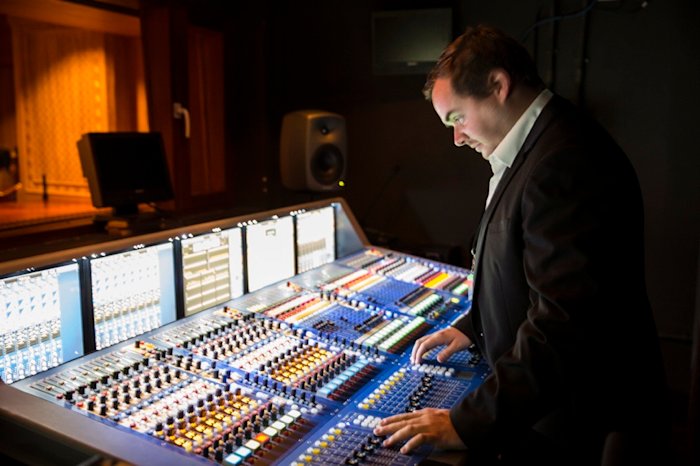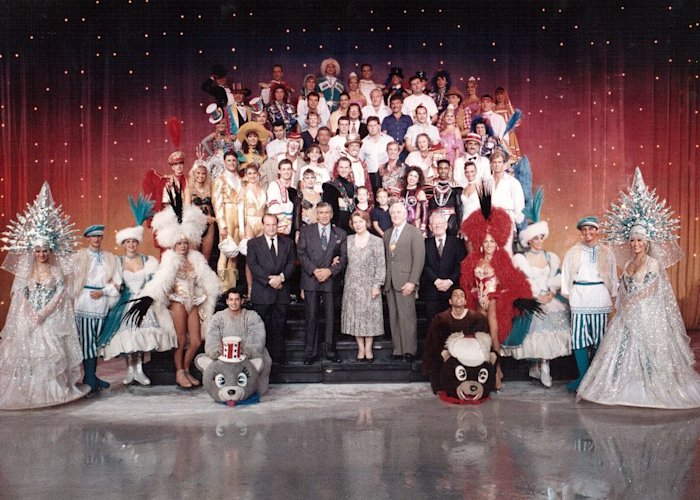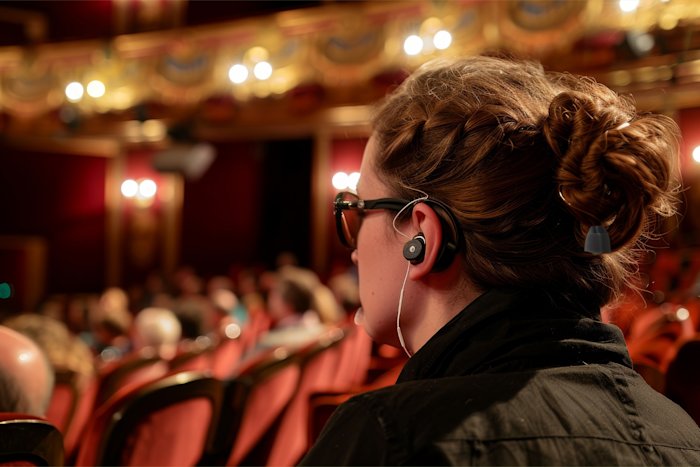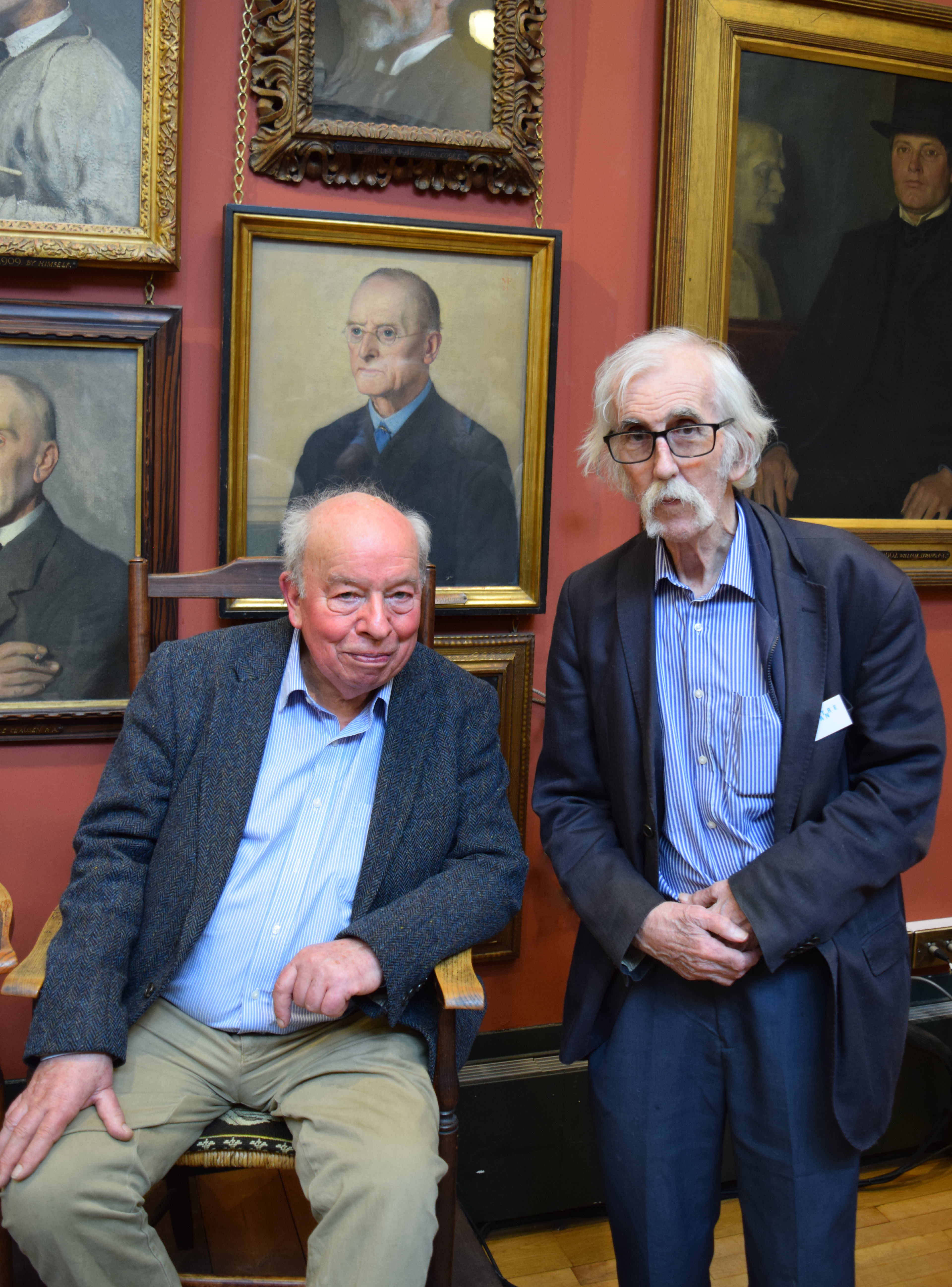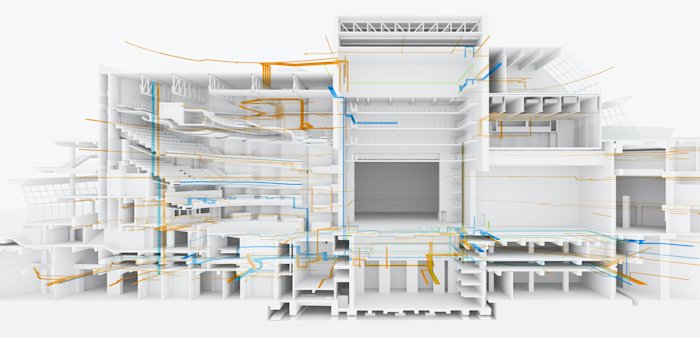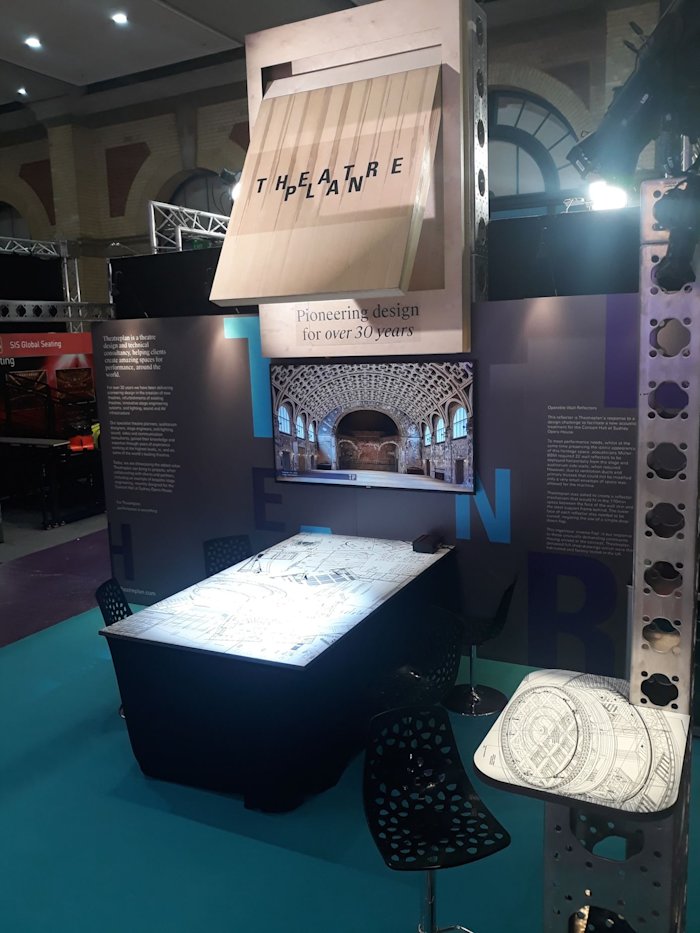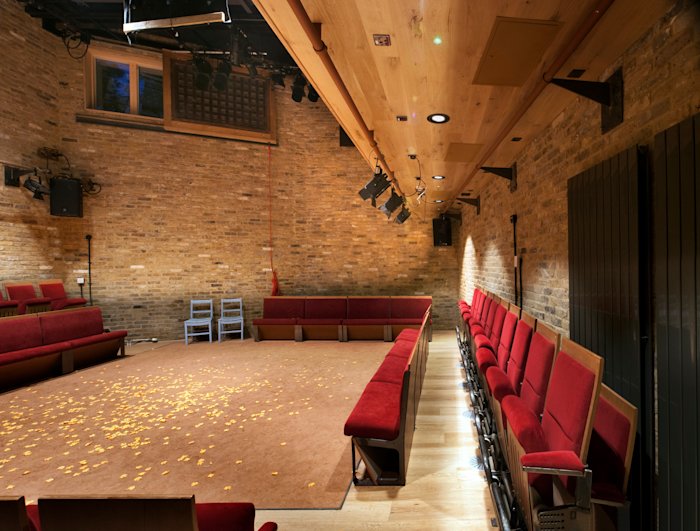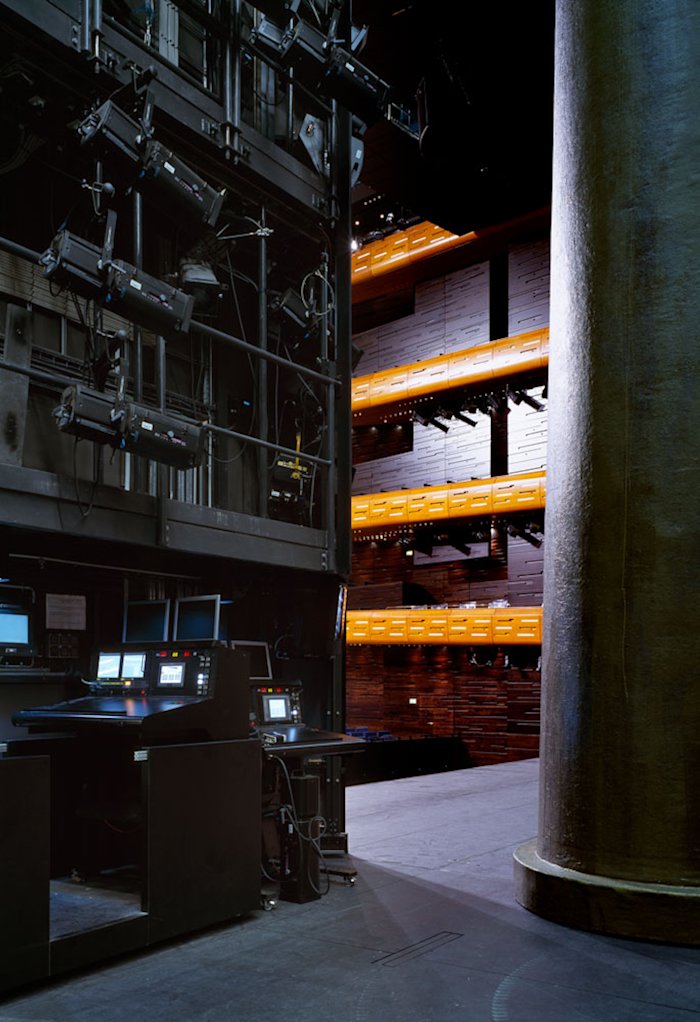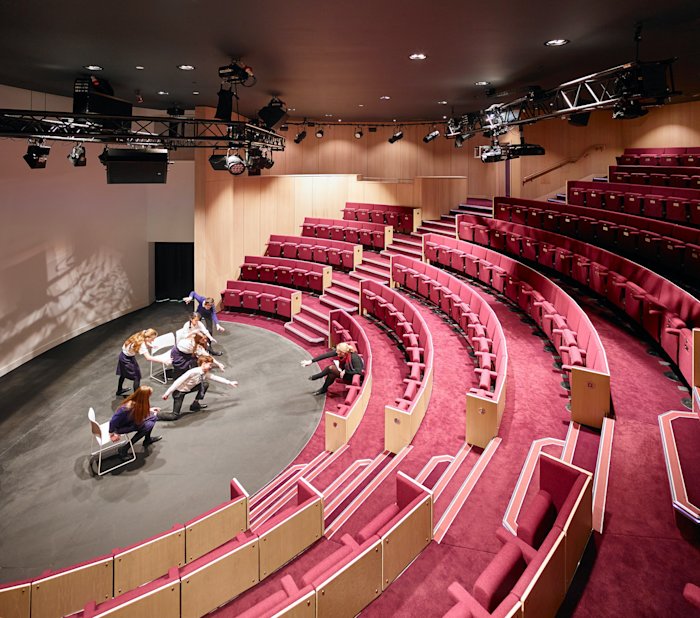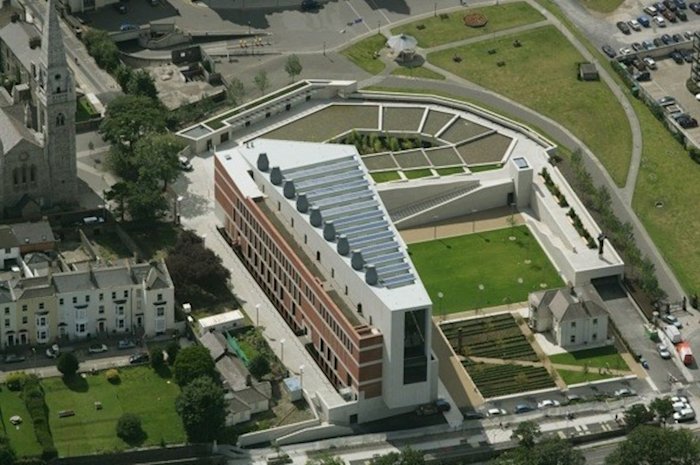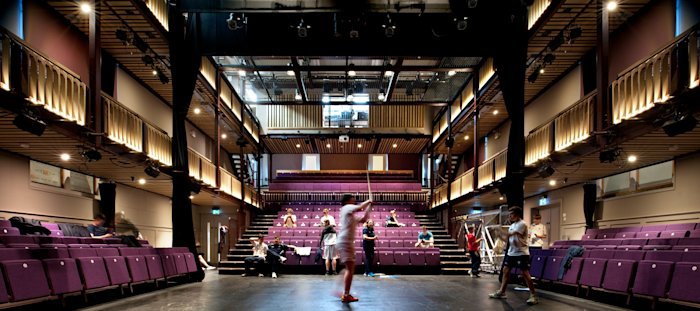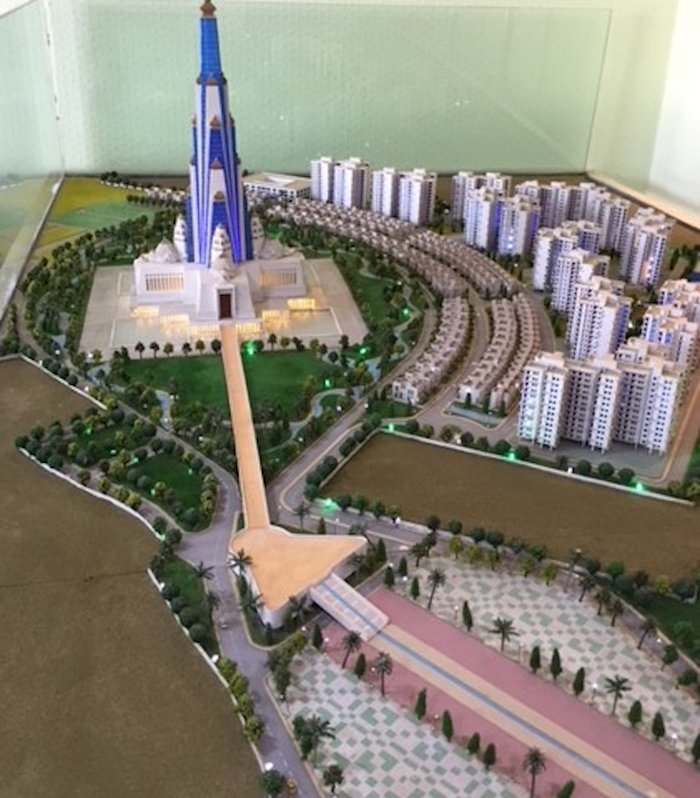Opera house design: blending grandeur with technical theatre innovation
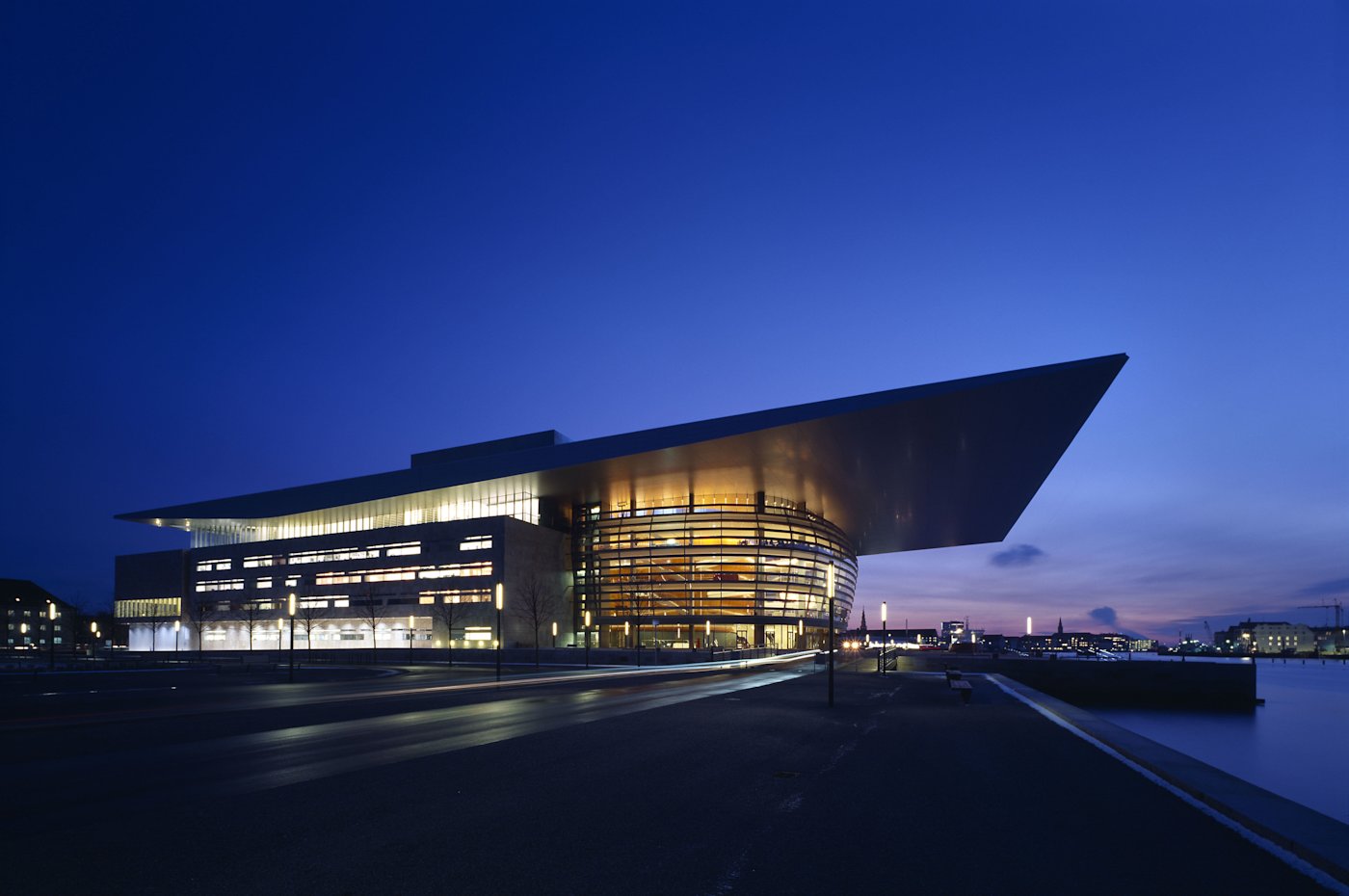
Opera houses are as much cultural landmarks as working theatres. A great opera house design must evoke wonder in architecture while serving complex technical and production needs. At Theatreplan, our projects, including Copenhagen Opera House, demonstrate how to harmonise spectacle with flexibility.
The twin demands of an opera house
From the outside, audiences expect elegance, scale, and presence. Inside, the venue must function like a high-precision machine, enabling large-scale productions, fast changeovers, and seamless integration of technology. Theatre planning is the thread that binds grand architecture to operational rigour.
Copenhagen Opera House: a flagship example
The Operaen in Copenhagen (completed 2004) remains one of Theatreplan’s signature achievements, with highlights including:
• A three-tier horseshoe auditorium that balances scale and intimacy.
• Six interlinked stages and a custom wagon transfer system that moves sets efficiently between them.
• A 15 m revolving stage built into a wagon, a multi-level, elevating orchestra pit, and a convertible ballet floor.
• Studio theatre “Takkelloftet” with retractable seating, mobile towers, and flexible performance configurations.
• Subsequent renovations for upgraded stage control, communications, lighting, and video systems, all done with sensitivity to the building’s architectural integrity.
Because the Operaen is a landmark, our later interventions required rigorous heritage consultancy to maintain the building’s visual and structural character even while installing advanced systems.


Principles for successful opera house projects
• Holistic integration from day one
Marry architectural ambition with technical reality from the earliest stages to avoid conflicts later.
• Design for speed and adaptability
Use engineered solutions like wagons, lifts, revolves, and mobile set systems that support tight performance schedules.
• Lifecycle thinking
Plan for future upgrades such as technology, AV, and controls, so your opera house can evolve without disruptive overhauls.
• Sensitive heritage intervention
For historic or notable buildings, design systems to be discreet, reversible, and respectful of the original architectural intent.
• Offer performance flexibility
Include secondary, modular performance spaces to support a wide range of artistic programming, from full-scale operas to recitals and experimental works.
Do you want to know more about the design considerations when it comes to opera houses?
Contact Theatreplan and let’s start the conversation.
21 October 2025
ContributorAbigail Hickox
